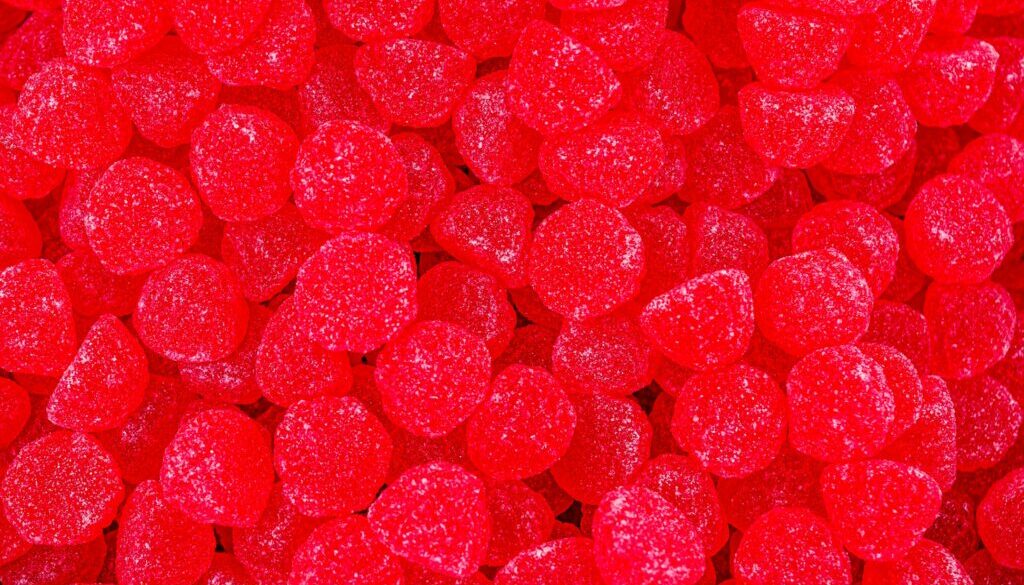FDA announces long-awaited ban on Red Dye 3
US regulators on Wednesday said a food additive long linked to cancer will no longer be allowed in food and drugs that are ingested, an action health advocates have demanded for years.
The Food & Drug Administration (FDA) is revoking the authorization for the use of what is known as Red Dye No. 3, a chemical used to give popular candies, cakes, cookies and other foods cherry-red colors.
The action comes in response to a 2022 petition filed by scientists and more than 20 public health organizations that pointed to studies finding the chemical causes cancer in laboratory animals. The petition cited a federal law that bars the FDA from allowing a color additive to be used in products that are ingested if the additive is found to induce cancer in “in man or animal.”
“Claims” that the dye puts people at risk “are not supported by the available scientific information,” the agency said.
Manufacturers who use the dye in food have until Jan. 15, 2027 to reformulate products. Drug makers have until Jan. 18, 2028.
Red Dye No. 3 is used in over 2,800 food products, according to the Environmental Working Group (EWG), one of the organizations that signed the petition and has been pushing the FDA for action.
The National Confectioners Association issued a statement in response to the FDA action, saying it would “continue to follow and comply” with FDA safety standards.
Industry studies linked Red Dye 3 to cancer in rodents more than 30 years ago. In 1990, the FDA banned the chemical from use in cosmetics such as lipsticks as well as externally applied drugs, citing industry research from the 1980s that found consuming the additive caused thyroid cancer in male rats. But the agency continued to allow the dye in food.
Last month, 23 members of Congress sent a letter to the FDA also calling for a ban, noting the dye has been banned or mostly banned in Europe, Australia and New Zealand.
“Thirty-four years of inaction is far too long,” the letter stated.
California has a ban on the dye in food taking effect in 2027 after state regulators in 2021 released a report finding that children are often exposed to levels of Red Dye No. 3 that exceed the FDA’s acceptable levels.
“Toxic chemical additives such as Red 3 are common in many foods, particularly candy and other sweets, putting millions of children at risk,” said Tasha Stoiber, senior scientist at EWG. “This widespread exposure has raised concerns about lasting behavioral difficulties, including ADHD. It’s essential to shield young children from harmful chemicals during these key stages of their development.”
(Featured image by Alexander Schimmeck on Unsplash.)




